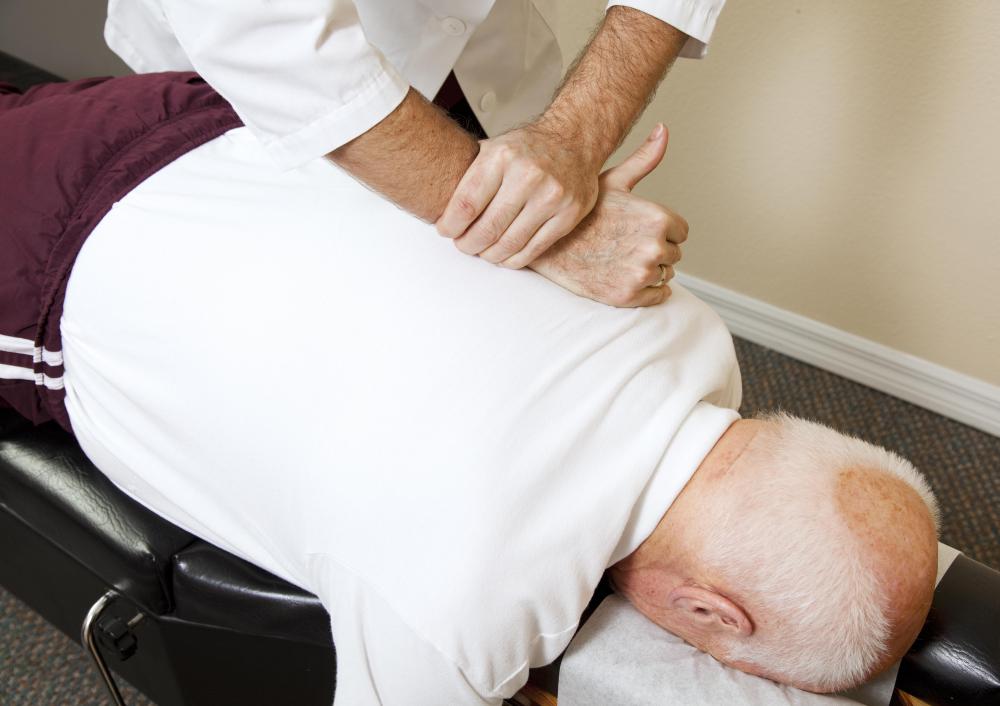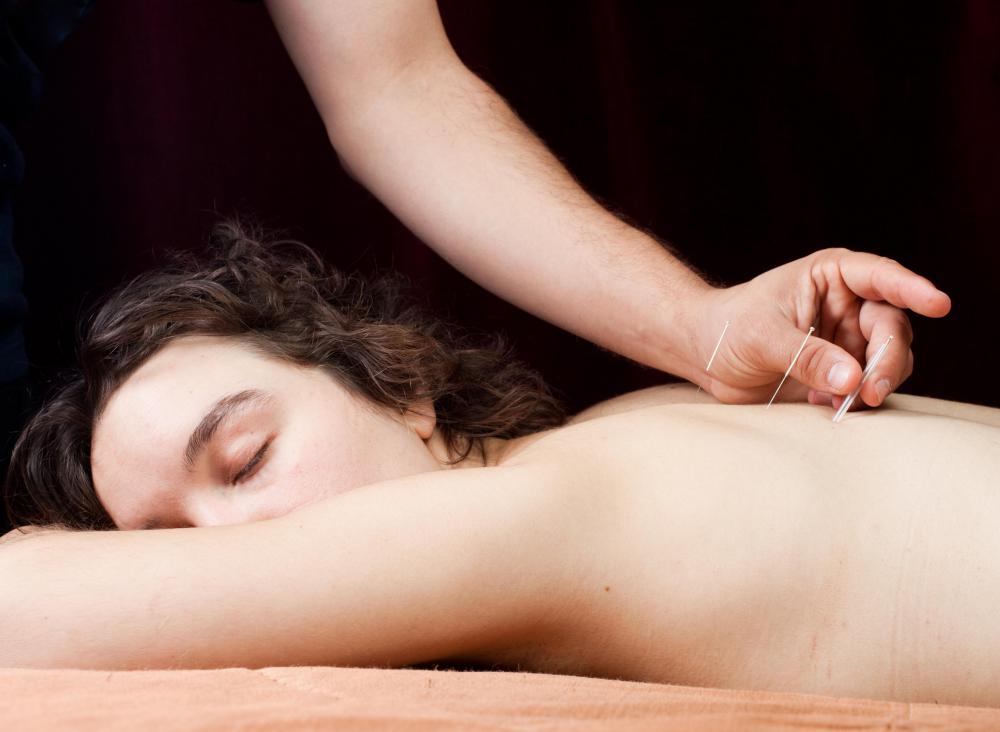At WiseGEEK, we're committed to delivering accurate, trustworthy information. Our expert-authored content is rigorously fact-checked and sourced from credible authorities. Discover how we uphold the highest standards in providing you with reliable knowledge.
What is Complementary Therapy?
Complementary therapy is a type of non-medical therapy that is used in conjunction with more conventional medical treatments. This type of therapy can comprise many different treatments, including acupuncture, homeopathy and transcutaneous electrical nerve stimulation (TENS) therapy. Although many of these treatments still are considered alternative, some complementary therapy types have become so widely accepted by the medical establishment that they are covered by health insurance in some countries. One such example is acupuncture, which in the United States is included in the policies of many private insurance companies.
There are many types of complementary therapy. The most common of these include alternative treatments such as acupuncture, chiropractic treatments and TENS therapy. In acupuncture, needles are inserted at critical pressure points on the body to relieve pain, stress and other symptoms. TENS therapy stimulates similar pressure points with mild electric shocks and is used in the treatment of a variety of chronic pain disorders. Chiropractic therapy involves the manipulation of the spine and other joints to improve health and well-being.

Although the terms "alternative therapy" and "complementary therapy" often are used interchangeably, they are not quite the same thing, even if they refer to the same types of treatment. An alternative therapy is one that is used instead of conventional medical treatment. By contrast, complementary therapies are used in addition to medical treatment. Therefore, the same treatment can be considered alternative or complementary, depending on the specific situation in which it is being used.

Another confusing element of this distinction is that the term "complementary therapy" came into existence largely because of a shift in thinking about the treatments themselves. Prior to the 1990s, treatments such as acupuncture and TENS therapy were considered to be “quackery” rather than legitimate treatments. In the 1990s, however, the increased popularity of these types of treatments forced the medical establishment to take them more seriously. As a result, they have become increasingly mainstream, to the point that many alternative therapies are often used alongside medical treatments. The use of such treatments to complement medical treatment gave rise to their consideration as complementary rather than alternative.

Even though complementary therapies are used alongside conventional medical treatments, they are quite different in philosophical terms. Overall, the most significant difference is that complementary treatments tend to use a more holistic approach, in that the focus of treatment is on the whole person, rather than on the disease and its symptoms. For example, a physician might prescribe pain relief and anti-nausea medications for someone who experiences migraines. By contrast, a holistic physician might suggest massage, relaxation techniques or acupuncture in addition to medication.
AS FEATURED ON:
AS FEATURED ON:














Discuss this Article
Post your comments